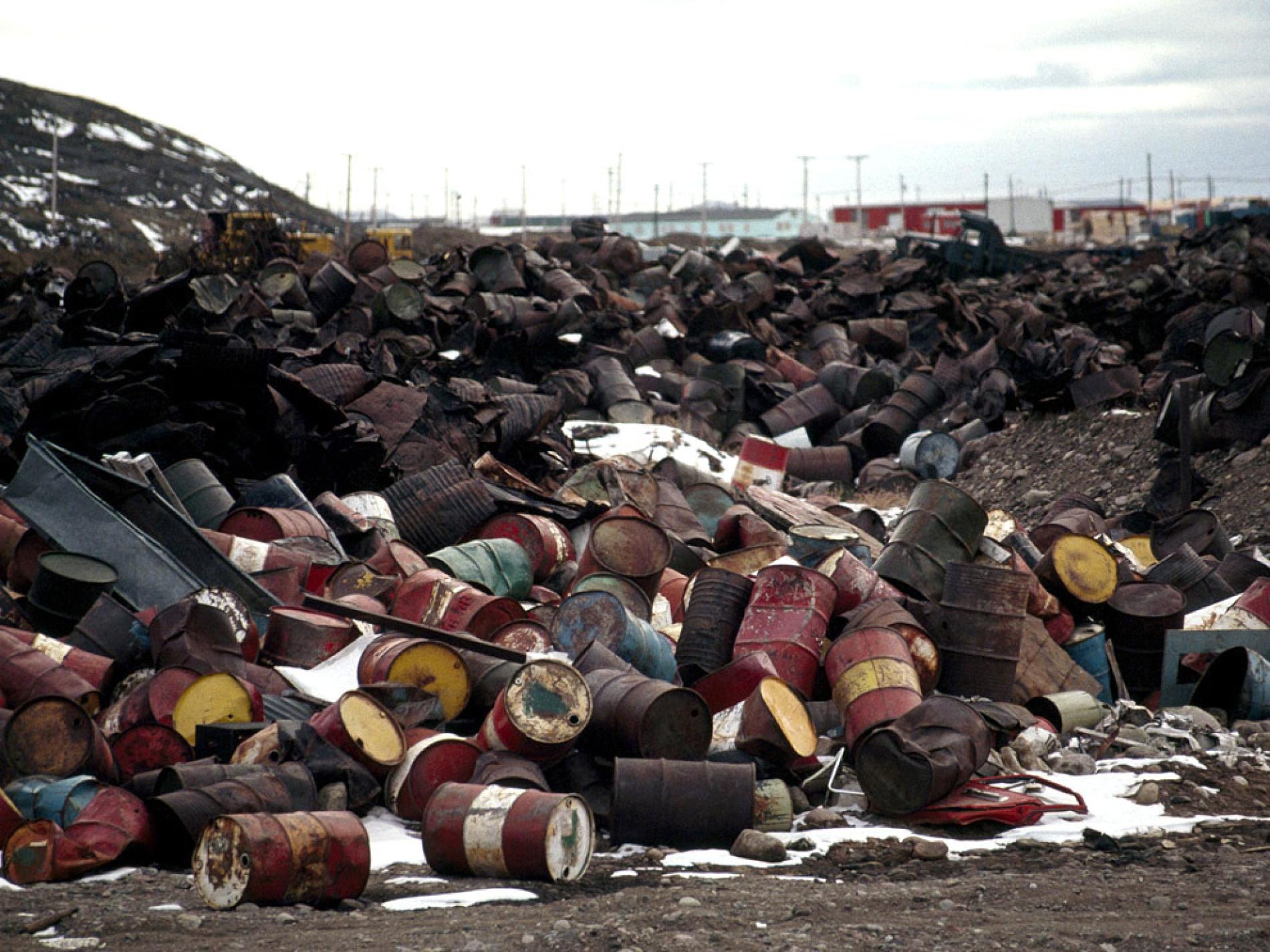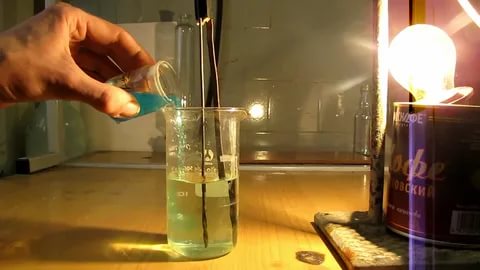Detection method of cyanide in water
Everyone knows that cyanide is a highly toxic substance. Its toxicity in the human body is mainly combined with ferricytochrome oxidase to produce cyanide ferricytochrome oxidase, which causes cells to lose the function of transmitting oxygen, thereby causing body tissues. Hypoxia suffocates, but these substances are not made by chemists. In nature, cyanide exists in quite a few plants. Some cyanide pollution can also be caused in human production activities. For example, cyanide is commonly used in the electroplating industry, and it is easy to cause pollution if it is not handled properly. So today we will tell you about the detection method of cyanide in water.

The main source of cyanide pollution in water
The main source of cyanide pollution in water is wastewater discharged from small gold mines, such as mining, smelting, electroplating, organic chemicals, mineral processing, coking gas making, and chemical fertilizers. Cyanide may exist in water in the form of HCN (gas), CN and coordinated cyanide ions. Cyanogen chloride (CNC1) can be produced when cyanogen-containing wastewater is treated by chlorination. It is a gas with limited solubility but very toxic, and its toxicity exceeds the same concentration of cyanide. Cyanide gas (HCN and CNC1) can enter organisms through the respiratory tract and cause toxic effects. CN is absorbed by drinking water, and the coordinated cyanide ions can be converted into gas under certain conditions, which are very toxic to aquatic organisms and humans.

Method for detecting cyanide in water
(1) Collection and storage of cyanide water samples
After the water sample is collected, it must be fixed with sodium hydroxide immediately to make the pH of the sample>12, and the sample should be stored in a polyethylene bottle. The collected sample should be determined in time. Otherwise, the sample must be stored in a dark place at about 4℃, and the sample must be measured within 24h after sampling. When the water sample contains a large amount of sulfide, cadmium carbonate or lead carbonate solid powder should be added first, after removing the sulfide, add sodium hydroxide to fix it. Otherwise, under alkaline conditions, cyanide ions react with sulfide ions to form thiocyanate (SCN-) ions, which will interfere with the determination.
(2) Silver nitrate titration method
To detect high-concentration cyanide water samples, the coordination titration method is generally selected. Add tartaric acid, zinc nitrate or EDTA to the water sample, under the condition of pH=4, heating and distilling, simple cyanide and partial cyanide (such as zinc cyanide complex) are distilled out in the form of hydrogen cyanide, and hydrogen is used. Sodium oxide is absorbed, and the distilled alkaline distillate is titrated with silver nitrate standard titration solution. The cyanide ion reacts with silver nitrate to generate soluble silver cyanide coordination ion [Ag(CN)2], excess silver ion and silver test (P-Dimethylaminobenzylidene Rotannin) The indicator reacts, and the titration end point is when the solution changes from yellow to orange-red.





